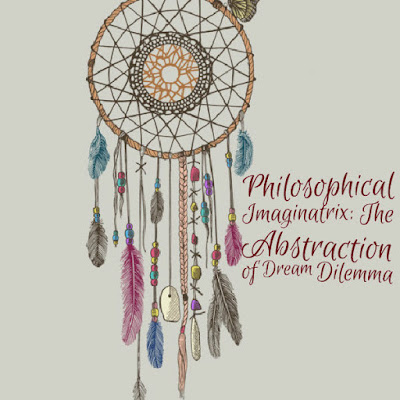Philosophical Imaginatrix: The Abstraction of Dream Dilemma

Dream in sanskrit is called Swapna (Svapna). It is a stage at which the human experiences all his senses only through his mind. This stage of dream is called 'Taijasa'. The consciousness is divided into three stages. The first stage is the 'Vishva', the waking stage of gross body (sthula sarira). The second stage is called 'Taijasa', the dream stage of the subtle body (sukshma sarira). And the third stage is called the 'Prajna', the deep sleep consciousness which is the experience of the brahman. Dreaming is a weird phenomenon. We close our eyes and go into a temporary hibernation which is called sleep. And in that sleep we experiences various things which are absurd and unrelated. A person while in dream reaches the top of everest, without even knowing what everest looks like. Dreaming the experiences is a thought away. It's like googling certain things and reaching there mentally. And experiencing that place with our senses. We fee...





